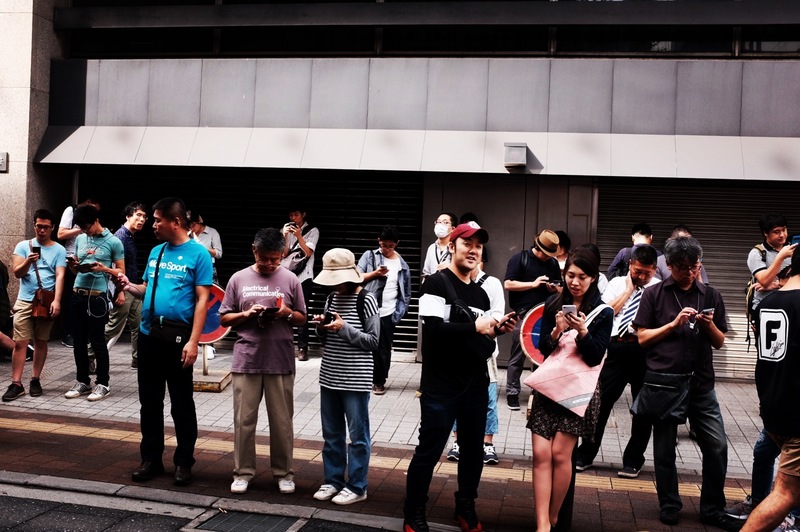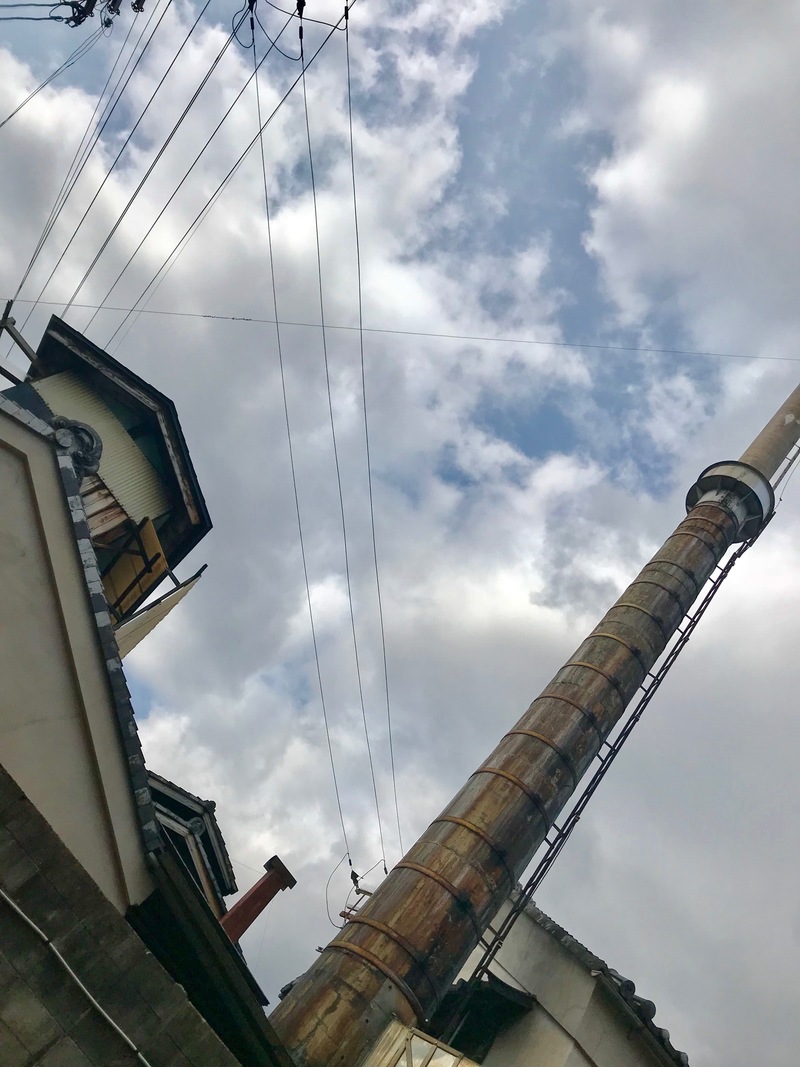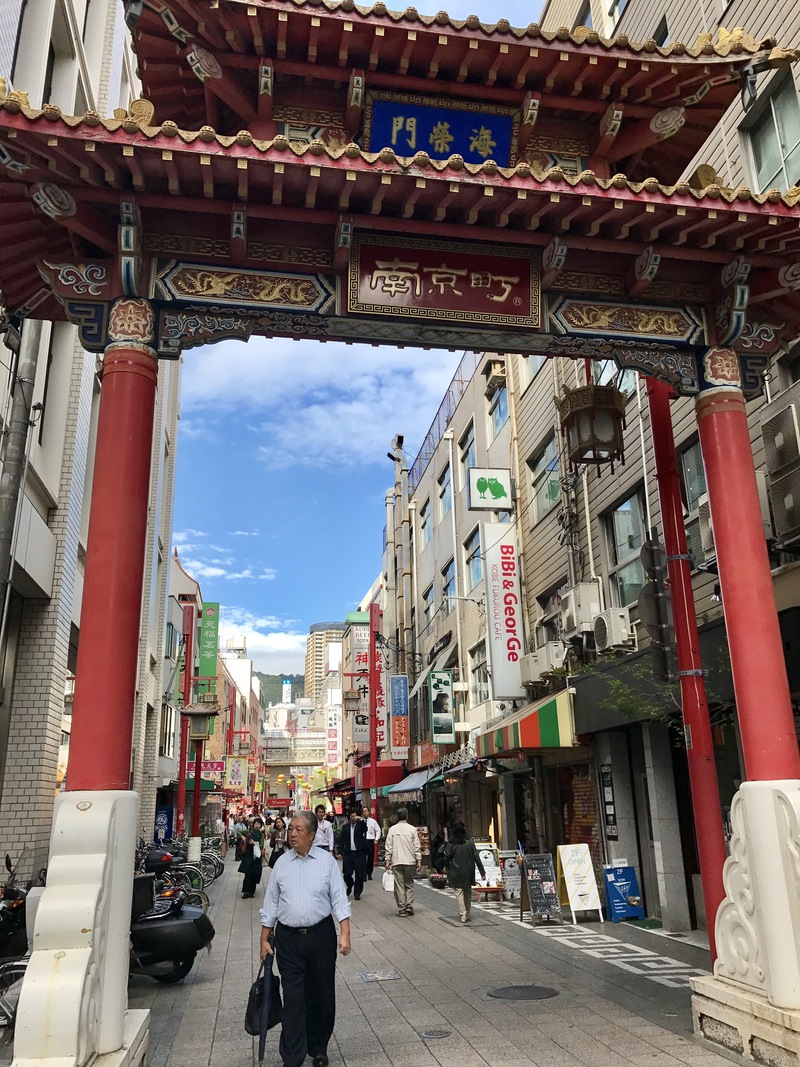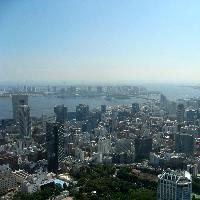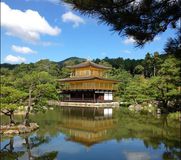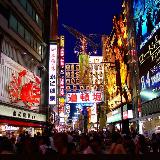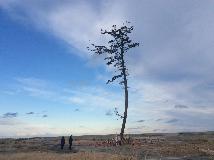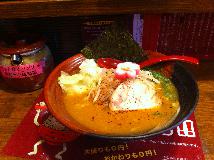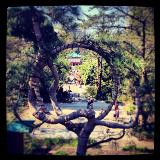HATSUON NO MORI
Towards the end of our fieldwork in Tokyo, Carolyn Stevens and myself (Thomas Baudinette) visited a local neighbourhood festival in Yanaka. Although we visited in the morning, it was already extremely hot and dusty, and we spent just as much time enjoying the sights and sounds as we did trying to find cool, shady areas to rest.
The festival was held at a local shrine and an elementary school opposite the shrine. There was also a stage and stalls set up in a local evacuation zone, interestingly called "Hatsuon no mori (literally Pronunciation Forest)." A photo of "Hatsuon no mori" during the festival is below:
On the stage at the festival, young children (between 3-5) were performing traditional Japanese dances. We made recording of both the boys group and the girls group. Similar amateur performances by various community groups are a common feature of Japanese festivals, which in many communities represent a chance for the neighbourhood to come together, let their hair down and celebrate their community spirit.
BOYS DANCING GROUP
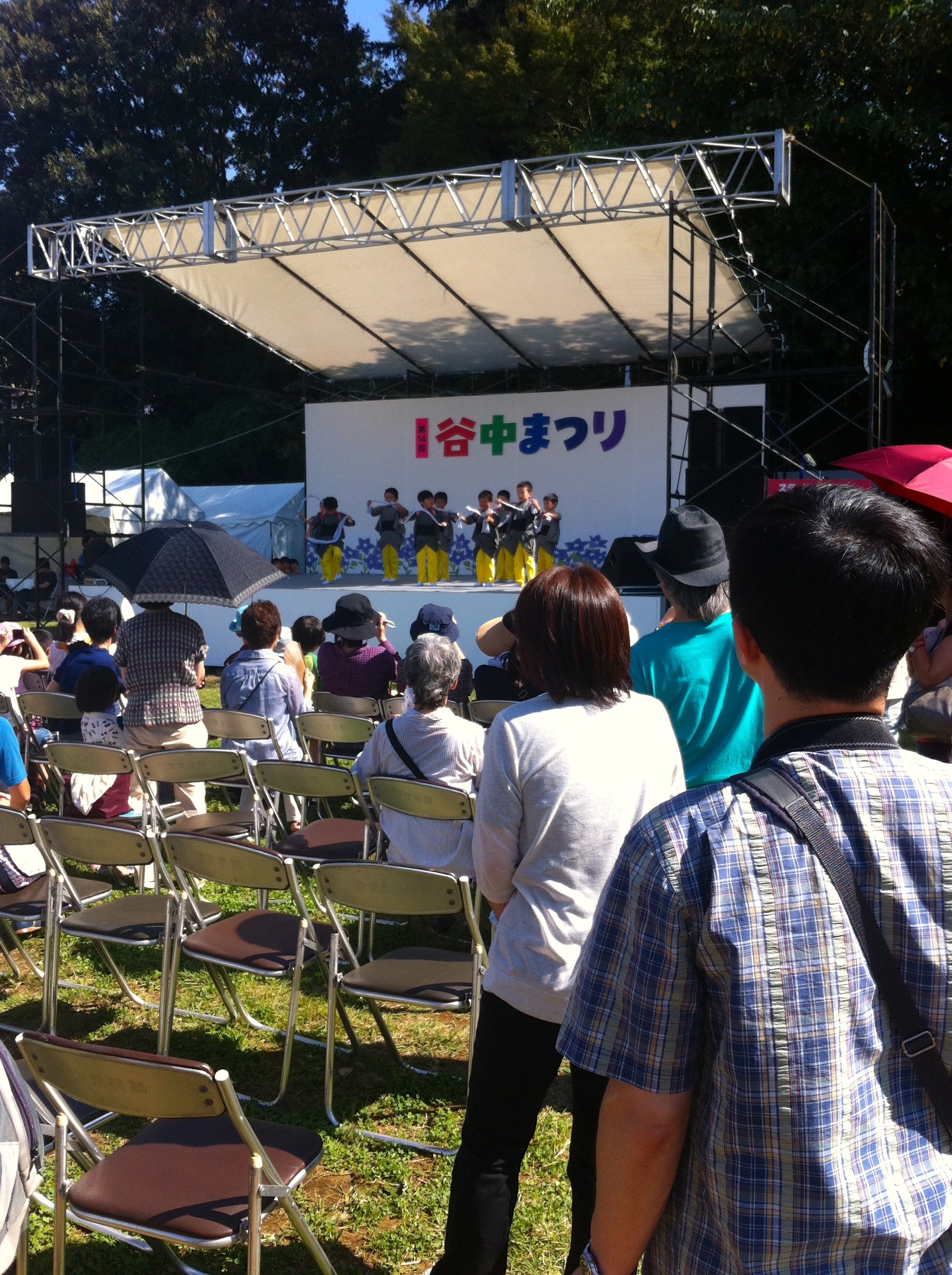
Boys dancing at Yanaka Festival
The boys were dancing, but you cannot hear them in the recording. You can hear the murmur of parents watching the dance and the murmur of people milling around the festival. The sound of the music played over loudspeakers dominates the space. There is the sound of the wind halfway through the recording, which sounds as a soft rumbling. Listening to the sound of this wind again brings to mind how everyone watching the performance endured the oppressive heat and blustering winds, coming together to support the young boys. Towards the end of the recording you can hear the sounds of birds twittering, the sounds joining with the people's murmurs and the music. Towards the end we hear the polite applause of the parents, the music player abruptly cuts out, plays again swiftly, then cuts out again.
GIRLS GROUP
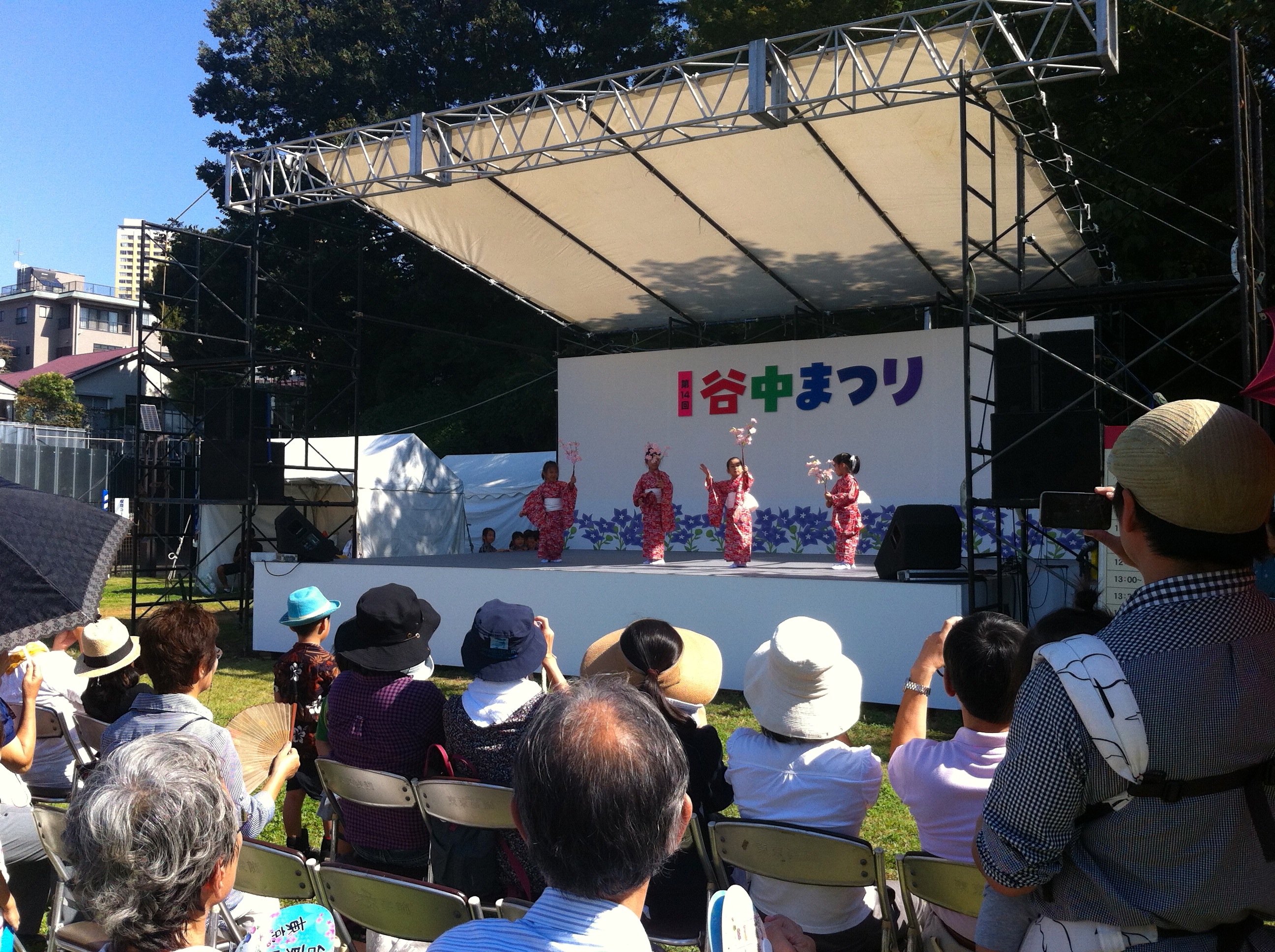
Girls dancing group at Yanaka Festival
Click to Play Sound: Yanaka Matsuri Girls Dance
This recording begins with an MC introducing the children (-tsu-san desu: this is [full name missing from recording]~tsu-san) and introducing the group, inviting everyone to enjoy the girls’ Japanese dance. You can hear the murmuring of the audience and the children, the sound of a fire truck in the background (which was part of the festival), the sound of people talking as the song begins. It is a traditional folk-song called “Sakura Sakura” which has strong ties to traditional Japanese notions of femininity. The girls are dancing but you cannot hear them, the music is too loud, it drowns out the ambient noise but you can still hear the gentle murmuring of people and some machine interference. Sometimes you can hear the sound of someone shaking a maraca (or perhaps another instrument?). Once again scattered applause at the end, song abruptly cuts out and some takes the microphone, causing some noise.
Photos and Recording by Carolyn Stevens
